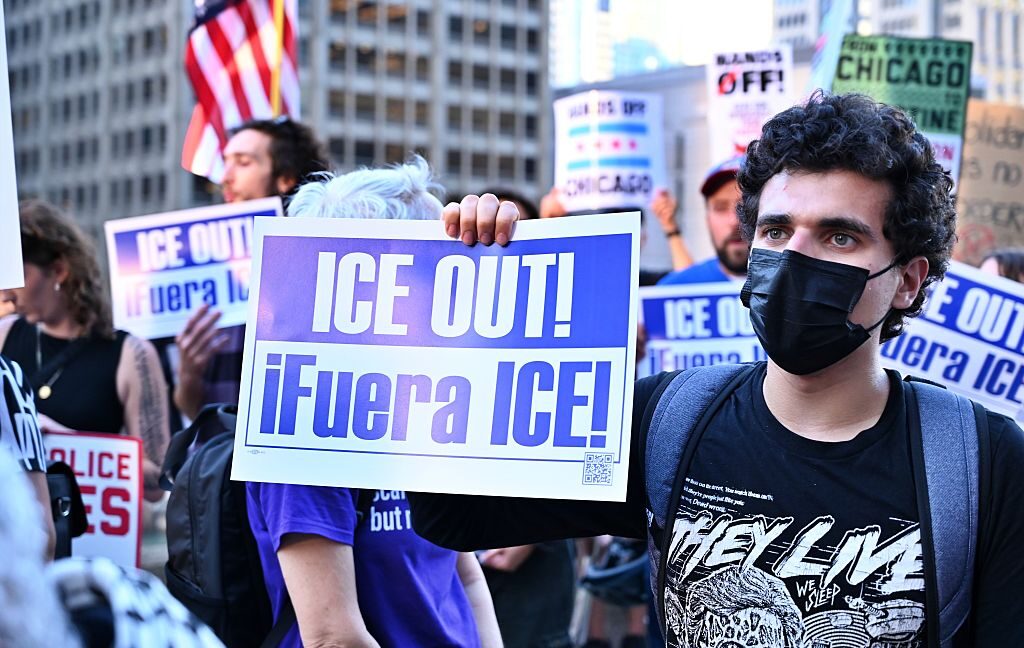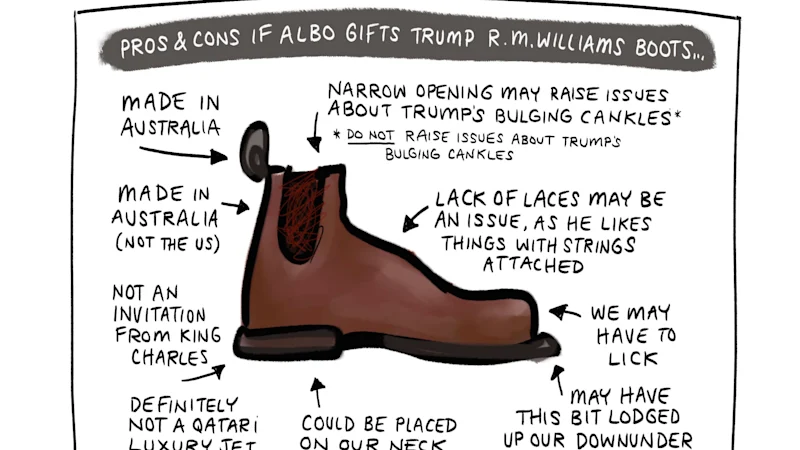Copyright Ars Technica

Social media videos have confirmed that Immigration and Customs Enforcement (ICE) and Customs and Border Protection (CBP) officers patrolling US streets are actively using facial recognition technology to verify citizenship, 404 Media reported. In one video posted on a Chicago-based Instagram account, a self-described teenager and US citizen tells officers that he has no government ID. After he offers to show his student ID instead, the officer turns to another and asks, “can you do facial?” As the other officer pulls up an app to scan the teen’s face, the first officer tells the teenager to “relax” while alleging that “a lot of parents” tell their kids they were born in the US. The video ends after the officer takes the minor’s photo and asks the teen to verify that his name matches what the app’s database pulled up. It’s unclear which app the officers used during this Chicago stop. But 404 Media has been closely tracking ICE and CBP’s increasing use of face scans amid the Trump administration’s nationwide mass deportation campaign, which critics slam as largely rooted in racial profiling. Earlier this year, 404 Media reviewed leaked emails confirming that ICE was using Mobile Fortify, which allows agents to scan “an unprecedented number of government databases” and compare face matches against a database of 200 million images. With one pic, the app can “return the subject’s name, date of birth, alien number, and whether they’ve been given an order of deportation,” 404 Media reported. And that’s just one facial recognition tool in ICE’s arsenal, Bernie Sanders and seven Democratic senators noted in a September letter urging ICE to cease using Mobile Fortify and other biometric technology that “is often biased and inaccurate, especially for communities of color.” These tools have been “proven to foster environments that increase racial profiling,” senators wrote, and “are likely to be disproportionately weaponized against communities of color.” Noting that ICE “wrongfully detained” a US citizen for 30 hours “in a county jail based on an incorrect ‘biometric confirmation of his identity,'” senators insisted ICE’s use of face scans are “unacceptable” and must end. “A 2024 test by the National Institute of Standards and Technology found that facial recognition tools are less accurate when images are low quality, blurry, obscured, or taken from the side or in poor light—exactly the kind of images an ICE agent would likely capture when using a smartphone in the field,” their letter said. If ICE’s use continues to expand, mistakes “will almost certainly proliferate,” senators said, and “even if ICE’s facial recognition tools were perfectly accurate, these technologies would still pose serious threats to individual privacy and free speech.” Matthew Guariglia, senior policy analyst at the Electronic Frontier Foundation, told 404 Media that ICE’s growing use of facial recognition confirms that “we should have banned government use of face recognition when we had the chance because it is dangerous, invasive, and an inherent threat to civil liberties.” It also suggests that “any remaining pretense that ICE is harassing and surveilling people in any kind of ‘precise’ way should be left in the dust,” Guariglia said. ICE scans faces, even if shown an ID In their letter to ICE acting director Todd Lyons, senators sent a long list of questions to learn more about “ICE’s expanded use of biometric technology systems,” which senators suggested risked having “a sweeping and lasting impact on the public’s civil rights and liberties.” They demanded to know when ICE started using face scans in domestic deployments, as previously the technology was only known to be used at the border, and what testing was done to ensure apps like Mobile Fortify are accurate and unbiased. Perhaps most relevant to 404 Media’s recent report, senators asked, “does ICE have any policies, practices, or procedures around the use of the Mobile Fortify app to identify US citizens?” Lyons was supposed to respond by Oct. 2, but Ars was not able to immediately confirm if that deadline was met. DHS declined “to confirm or deny law enforcement capabilities or methods” in response to 404 Media’s report, while CBP confirmed that Mobile Fortify is still being used by ICE, along with “a variety of technological capabilities” that supposedly “enhance the effectiveness of agents on the ground.” For people identifying as US citizens during stops, there does not appear to be much choice but to allow agents to conduct face scans, even if an ID is supplied. In a second video flagged by 404 Media, a man tells masked agents, “I’m an American citizen, so leave me alone,” while claiming to have already shown his ID. One agent confirms that they’re “going to verify that,” followed by another who instructs the man to take off his hat, claiming, “it will be a lot quicker.” “This is not a big deal,” the agent tells the man, who repeatedly tells agents he is on his way to work. “Relax.” But it is a big deal, Democrats have suggested. Previously, ICE’s use of face recognition tools was restricted following audits weighing citizens’ privacy concerns, including a change limiting the use of face scans during live body cam recording. Senators noted that Mobile Fortify intends to pull in commercial data soon, perhaps then pulling more US citizens into its database without making it clear how long their data is stored or how it will be safeguarded. ICE is required under the E-Government Act to conduct a “privacy threshold analysis or privacy impact assessment for the deployment and use of Mobile Fortify,” senators noted, asking Lyons to confirm if ICE’s use is lawful. While senators attempt to get answers, ranking member of the House Homeland Security Committee Bennie G. Thompson (D.-Miss.) told 404 Media that tools like Mobile Fortify do not appear to have been tested and risked endangering rights of Americans, including those who can show proof of their citizenship. “Mobile Fortify is a dangerous tool in the hands of ICE, and it puts American citizens at risk of detention and even deportation,” Thompson said. “ICE officials have told us that an apparent biometric match by Mobile Fortify is a ‘definitive’ determination of a person’s status and that an ICE officer may ignore evidence of American citizenship—including a birth certificate—if the app says the person is an alien. ICE using a mobile biometrics app in ways its developers at CBP never intended or tested is a frightening, repugnant, and unconstitutional attack on Americans’ rights and freedoms.”



